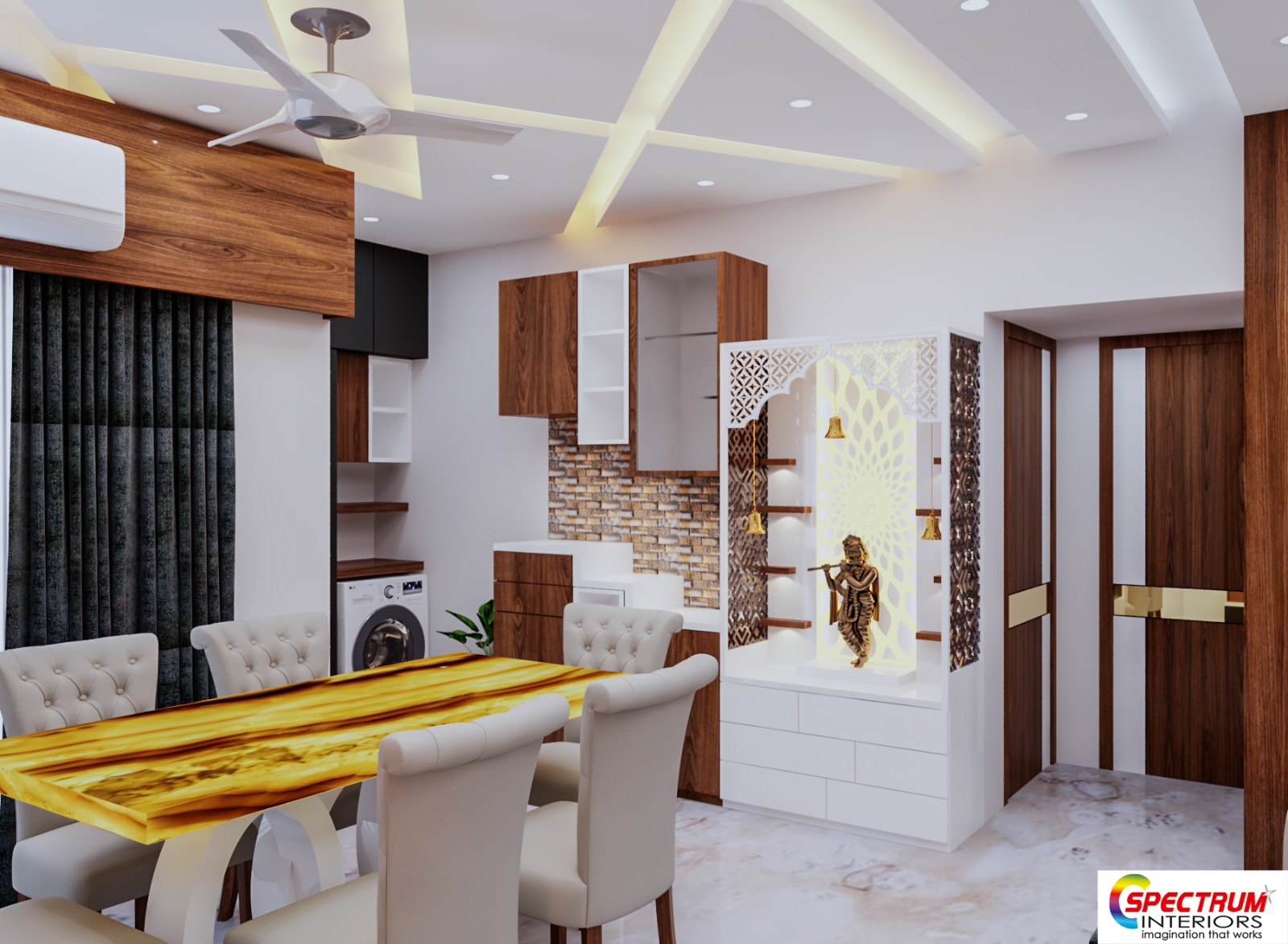Find top miami interior design professionals for customized luxury spaces.
Transform Your Home With Essential Principles of Interior Decoration and Appearances
By recognizing the influence of shade theory and the significance of texture and patterns, one can create spaces that are not just aesthetically appealing however also deeply individual. Accomplishing this equilibrium entails even more than mere decor; it includes a tactical setup and an eager understanding of how each component communicates within a space.
Recognizing Color Theory
Understanding the principles of shade theory enables designers to develop spaces that reverberate psychologically with residents while meeting functional demands. Each classification plays a crucial function in developing consistency within a space.
The psychological effect of shades is extensive; warm shades such as reds and oranges stimulate power and heat, while awesome tones like blues and eco-friendlies advertise peace and tranquility. The usage of complementary colors enhances visual rate of interest, developing striking contrasts that can boost an area's appeal.
Neutral colors, on the other hand, work as a flexible backdrop, enabling other style aspects to radiate. It is vital to take into consideration factors such as lighting and the room's purpose when selecting a shade scheme, as these can modify the assumption of shades throughout the day.
Inevitably, a well-considered shade system can change an area, fostering a sense of comfort and design that straightens with the citizens' choices. Proficiency of color theory is, therefore, a vital ability for any kind of indoor designer aiming to develop unified and inviting settings.
Accomplishing Balance in Design
Exactly how can developers accomplish a sense of balance in their spaces? Attaining balance in layout is fundamental to developing harmonious insides.
Asymmetrical equilibrium, on the other hand, depends on differing aspects that still achieve a cohesive appearance. This method permits for more vibrant and casual plans, giving rate of interest while keeping equilibrium. By meticulously selecting differing dimensions, colors, and appearances, designers can produce an aesthetically engaging space that really feels well balanced yet energetic.
Radial balance stresses a central focal point with components emitting outside. This style is generally seen in round designs, where furnishings and decor develop a cohesive surround that draws the eye internal.
Inevitably, accomplishing balance requires thoughtful consideration of range, percentage, and the relationships between aspects. miami interior design. By skillfully applying these balance principles, designers can change rooms into environments that really feel both aesthetically pleasing and functionally harmonious, enhancing the general experience for passengers
Value of Spatial Recognition

A keen sense of spatial awareness enables designers to determine centerpieces within an area, leading the viewer's attention to essential functions while preserving a general feeling of unity. It additionally assists in the critical positioning of lights, which can dramatically influence the perception of space and mood. Comprehending spatial relationships makes it possible for the designer to provide to the specific needs of occupants, guaranteeing that each location serves its desired function without endangering appearances.
Inevitably, spatial understanding is important for optimizing the capacity of any indoor area. By thoroughly taking into consideration the interaction between measurements, design, and function, developers can produce settings that not only satisfy functional requirements yet likewise stimulate a feeling of comfort and elegance, enhancing the total living experience.
Integrating Texture and Patterns
Accepting a diverse variety of textures and patterns can dramatically improve the aesthetic and tactile allure of an interior room. The tactical usage of various products-- such as wood, metal, textile, and stone-- develops depth and rate of interest, making a room really feel more inviting and vibrant. For instance, incorporating smooth surfaces with rough appearances can establish a balance that attracts the eye and engages the senses.
When including patterns, think about both range and repetition. Big patterns can offer as prime focus, while smaller, subtle layouts can enhance other components without overwhelming the area. Layering patterns, such as pairing flower paddings with striped throws, includes intricacy and a sense of harmony if implemented thoughtfully.
It is also important to preserve a cohesive shade scheme, ensuring that structures and patterns collaborate rather than contend for focus. By selecting a few vital textures and patterns, you can develop an unified aesthetic that reflects your personal style while enhancing the here are the findings total setting of the space. Eventually, the careful consolidation of these elements can transform an ordinary area into an innovative setting rich with personality and warmth.
Individualizing Your Room
Producing a space that mirrors your character is important to achieving an absolutely inviting atmosphere. Personalization in interior decoration allows you to instill your special style and passions into your home, changing it from a simple sanctuary into a sanctuary that speaks with who you are. Begin by picking a color scheme that resonates with your feelings-- strong hues can stimulate, while soft tones offer peace.
Integrate check my blog art work and design that mirror your enthusiasms, whether it be traveling, nature, or abstract ideas. Presenting personal collections, such as publications, photographs, or keepsakes, can evoke valued memories and create centerpieces within a room. Furthermore, consider personalizing useful pieces, like upholstered furnishings, to align with your visual choices.

Final Thought
In conclusion, the makeover of a home with the crucial principles of interior decoration and visual appeal requires a detailed understanding of shade concept, equilibrium, spatial awareness, appearance, and customization. Each aspect contributes considerably to creating a harmonious and functional directory living environment - miami interior design. By attentively incorporating these principles, individuals can improve the aesthetic allure and psychological resonance of their areas, inevitably cultivating a home that reflects special identities while offering comfort and practicality